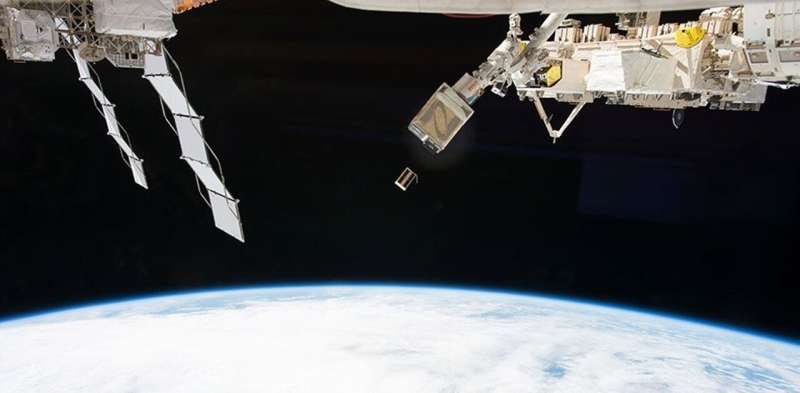Tomorrow.io orders demo satellites for rain-tracking constellation
Tuesday, 21 September 2021 11:41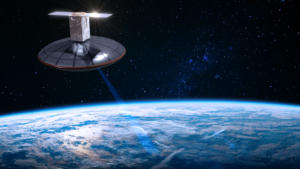
Meteorological intelligence startup Tomorrow.io says it picked California-based Astro Digital to build the first two of potentially dozens of small satellites equipped with storm-tracking radars to improve weather forecasts.
NASA picks landing site for VIPER lunar rover
Tuesday, 21 September 2021 10:24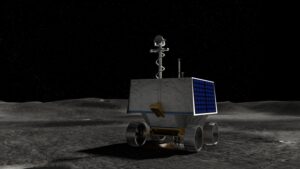
NASA has selected a crater near the south pole of the moon as the landing site for a robotic rover to search for water ice that could be a resource for future human expeditions.
NASA selects Moon site for ice-hunting rover
Tuesday, 21 September 2021 06:54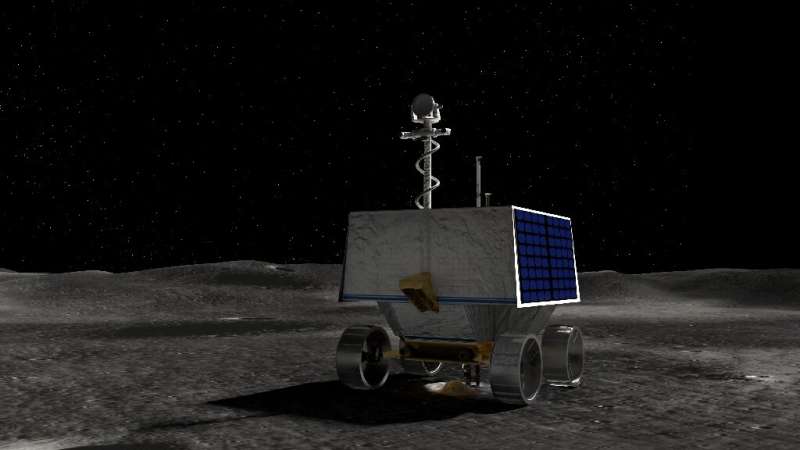
NASA on Monday announced it would land an ice-seeking rover on a region of the Moon's south pole called the Nobile Crater in 2023.
The space agency hopes the robot will confirm the presence of water ice just below the surface, which could one day be converted into rocket fuel for missions to Mars and deeper into the cosmos.
"Nobile Crater is an impact crater near the south pole that was born through a collision with another smaller celestial body," Lori Glaze, director of NASA's planetary science division told reporters.
It is one of the solar system's coldest regions, and has only so far been probed from afar using sensors such as those aboard NASA's Lunar Reconnaissance Orbiter and the Lunar Crater Observation and Sensing Satellite.
Space Force to brief industry on its future architecture for space-based missile warning
Monday, 20 September 2021 22:02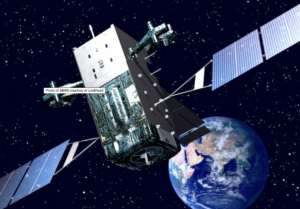
The Space Warfighting Analysis Center will brief industry representatives Oct. 27 on the results of its first “force design” study focused on space-based missile warning and missile tracking
Kendall: If China can’t beat the U.S. in the air it will try in space
Monday, 20 September 2021 21:02
Air Force Secretary Frank Kendall in a keynote speech Sept. 20 warned that China’s rapid advances in nuclear and conventional weapons will challenge the United States both in the air and space domains.
Demand growing for managing heat on increasingly intricate satellites
Monday, 20 September 2021 19:21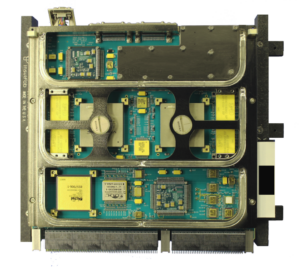
Increasingly capable satellites are driving demand for more complex thermal management solutions to keep them from overheating as they work harder, according to heat pipe manufacturer Advanced Cooling Technologies (ACT).
Solar electric propulsion makes NASA's Psyche spacecraft go
Monday, 20 September 2021 19:06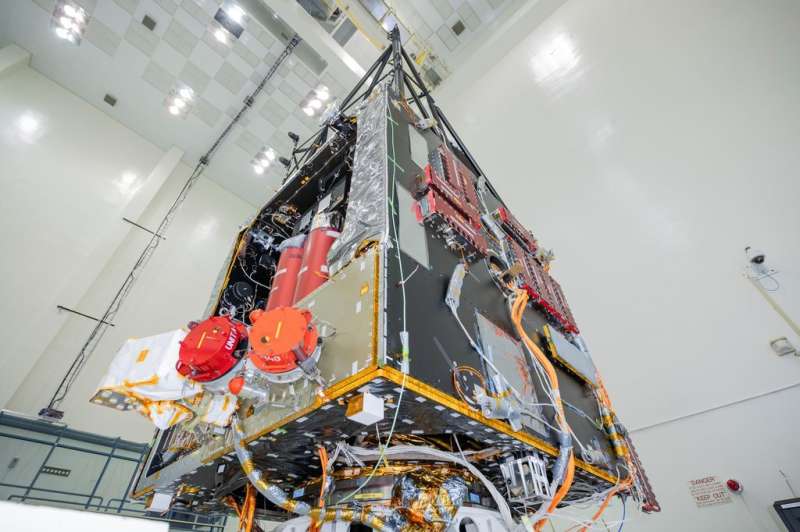
When it comes time for NASA's Psyche spacecraft to power itself through deep space, it'll be more brain than brawn that does the work. Once the stuff of science fiction, the efficient and quiet power of electric propulsion will provide the force that propels the Psyche spacecraft all the way to the main asteroid belt between Mars and Jupiter. The orbiter's target: A metal-rich asteroid also called Psyche.
The spacecraft will launch in August 2022 and travel about 1.5 billion miles (2.4 billion kilometers) over three and a half years to get to the asteroid, which scientists believe may be part of the core of a planetesimal, the building block of an early rocky planet.
Space sustainability makes slow progress at the United Nations
Monday, 20 September 2021 13:29
Diplomats and other experts see signs of progress at the United Nations on addressing space sustainability but caution it may will take many years before any sort of binding agreement emerges.
Tianzhou-3 spacecraft docks with Chinese space station
Monday, 20 September 2021 13:21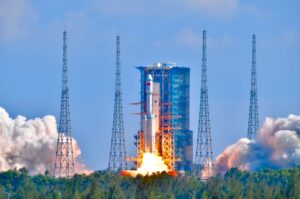
China's Tianzhou-3 cargo spacecraft docked in orbit with the Tianhe space station module Monday following launch from the coastal Wenchang launch center.
A catalog of solar stream interactions
Monday, 20 September 2021 12:21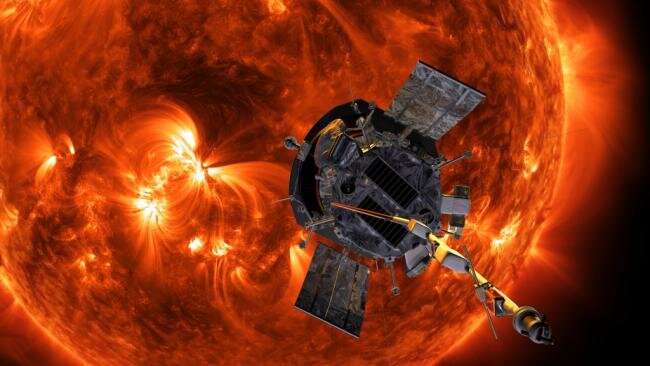
When a fast solar wind stream erupts from a coronal hole (a cooler region in the Sun's atmosphere) and overtakes a slower moving solar wind stream, a stream interaction region (SIR) can form. In the SIR, a density "pileup" of compressed plasma develops upstream of the interface; typically there is a peak in pressure followed by a rarefaction region in the fast solar wind component. As the SIR propagates away from the Sun, to distances of one astronomical unit or beyond, the compression can form a shock that efficiently accelerates charged particles.
L3Harris’ missile-tracking satellites pass early design review
Monday, 20 September 2021 12:00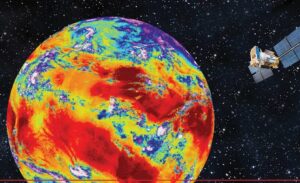
L3Harris announced Sept. 20 that the Space Development Agency has approved the company’s proposed design for a missile tracking satellite.
How many satellites are orbiting Earth?
Monday, 20 September 2021 11:27It seems like every week, another rocket is launched into space carrying rovers to Mars, tourists or, most commonly, satellites. The idea that "space is getting crowded" has been around for a few years now, but just how crowded is it? And how crowded is it going to get?

I am a professor of physics and director of the Center for Space Science and Technology at the University of Massachusetts, Lowell. Many satellites that were put into orbit have gone dead and burned up in the atmosphere, but thousands remain.
Swimmers show sporting success using satellites
Monday, 20 September 2021 08:20
Athletes who participated in an open-air mass sporting event at the weekend had images of their sporting prowess sent to family and friends within seconds, thanks to a space-enabled app.
Joining forces for Aeolus
Monday, 20 September 2021 06:00
For a team of scientists and technicians from Europe and the US, the fact of ‘going back to the office’ this September has meant heading off to the Cabo Verde islands in the Atlantic – not to extend their summer holidays, but for a complex international experiment campaign that will scrutinise the data being delivered by one of today’s most innovative Earth observation satellites: ESA’s Aeolus wind mission.
FAA releases draft environmental report on SpaceX Starship orbital launches
Monday, 20 September 2021 04:24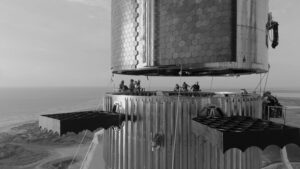
A draft environmental assessment released by the Federal Aviation Administration suggests that SpaceX will be able to proceed with orbital Starship launches from Texas, but with a number of mitigations required.

